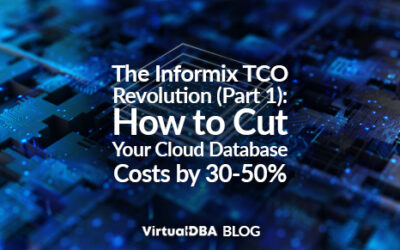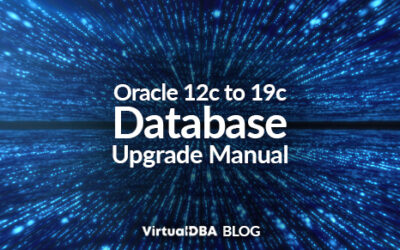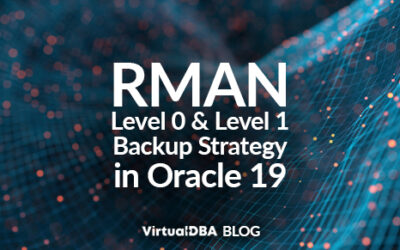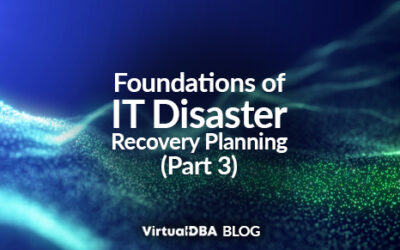Summary This blog explains how Informix 15 on ARM64 creates a 'Zero-DBA' intelligent edge with its multi-model and small footprint for local data processing. Table of contentsSummaryIntroductionWhy Informix is the "Perfect Match" for the EdgeHow XTIVIA Implements Your...
Welcome to our blog, which is more than just a record of our experiences. It’s a resource.
Our blog is an invaluable resource for anyone struggling with the challenges of managing a database, applications, or clouds.
We understand the difficulties involved in troubleshooting, building, improving, securing, and operating these platforms,
and we’re here to share our insights and expertise with you. Browse through our collection of blog posts below,
and don’t hesitate to leave your comments and feedback.
The Informix TCO Revolution (Part 1): How to Cut Your Cloud Database Costs by 30-50%
Summary This article explains how the launch of HCL Informix 15 on ARM64 offers IT leaders a 30-50% reduction in cloud TCO and a significant performance boost, as each vCPU corresponds to a full physical core. Table of contentsSummaryIntroductionAnd This Isn't a...
Understanding ANALYZE in PostgreSQL – The Hidden Key to Query Optimization
Summary The PostgreSQL ANALYZE command is the fundamental mechanism that collects statistical data about table contents, enabling the query planner to make accurate cost estimates for efficient and optimal query execution. Table of contentsSummaryIntroductionWhat...
Why VACUUM FULL Can Be Dangerous — and What to Use Instead
SUMMARY: PostgreSQL database administrators must avoid using the VACUUM FULL command in live environments because its exclusive locking mechanism causes unacceptable service downtime, necessitating the use of safer alternatives like the pg_repack extension or a...
Fixing “System ID Mismatch” After Restoring a PostgreSQL Backup Across Environments
SUMMARY: The PostgreSQL "system ID mismatch" error, which acts as a fundamental safeguard to ensure data integrity, commonly arises when restoring backups across disparate environments using tools such as pgBackRest or Patroni, requiring precise cleanup of metadata or...
Oracle 12c to 19c Database Upgrade Manual
SUMMARY: Database administrators can achieve improved performance, stability, and extended support by executing a four-step migration from Oracle 12c to the long-term support version 19c, primarily utilizing the visual and automated Database Upgrade Assistant (DBUA)....
RMAN Level 0 and Level 1 Backup Strategy in Oracle 19c
Summary This blog post outlines how to design and implement an RMAN Level 0 and Level 1 incremental backup plan in Oracle 19c, covering configuration, automation, validation, and maintenance for reliable database recovery. Table of contentsSummaryIntroductionKey...
Foundations of Disaster Recovery Planning (Part 3)
SUMMARY: Effective Disaster Recovery (DR) planning requires the dedicated team to follow specific, sequential instructions that detail exactly how recovery will unfold, while regularly reviewing and testing the procedure to ensure organizational readiness for any...
A DBA’s Warning: The Unseen Risks of Third-Party Database Backups
SUMMARY: Database Administrators (DBAs) must acknowledge that relying on common third-party backup solutions severely compromises data integrity, point-in-time recovery (PITR) capabilities, and recovery objectives (RPO/RTO) due to fundamental flaws like resource...
Foundations of IT Disaster Recovery Planning (Part 2)
SUMMARY: Robust IT disaster recovery planning requires organizations to meticulously define both the essential human stakeholders—including a multi-role disaster recovery team—and the detailed physical and virtual locations of all application infrastructure to ensure...










